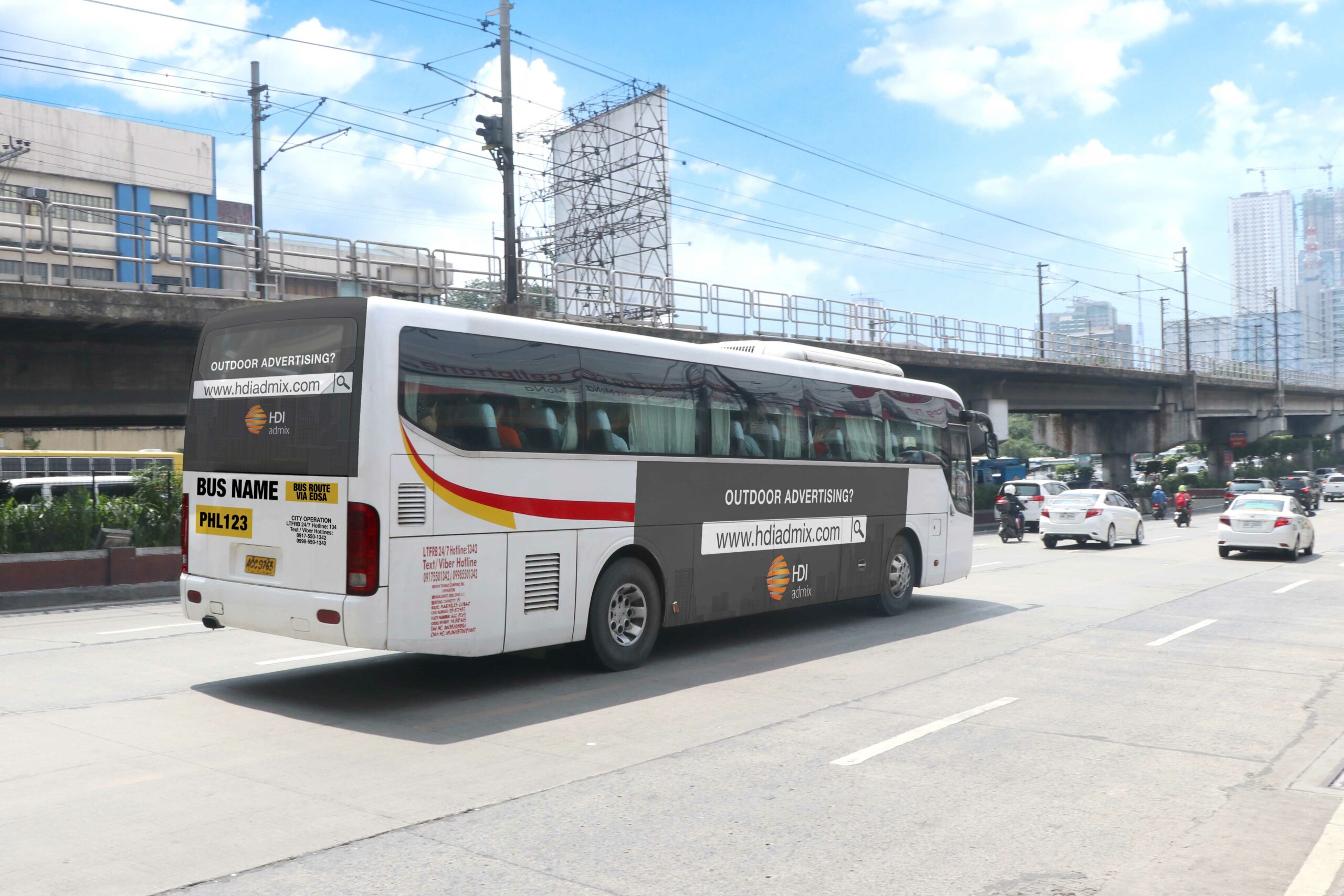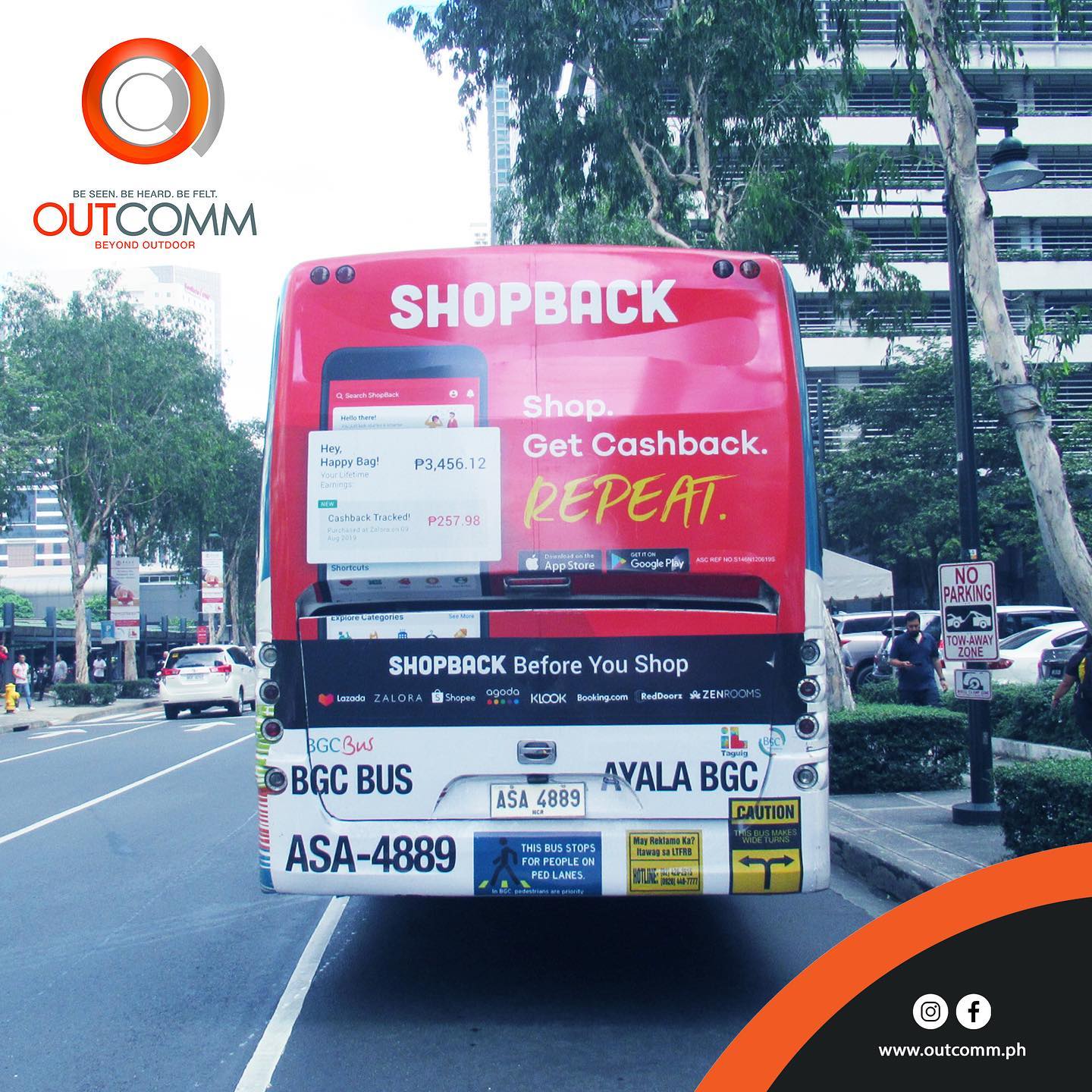Understanding the Function of Transit Marketing in Enhancing Brand Name Visibility and Customer Interaction
Transportation advertising has arised as a critical component in the marketing landscape, providing one-of-a-kind opportunities for brands to elevate their exposure and involve customers efficiently. With the capability to get to a diverse and captive target market throughout their daily commutes, these marketing methods are not just about visibility; they are regarding developing purposeful connections with prospective clients. As we check out the complex advantages and cutting-edge approaches within transit advertising, it ends up being necessary to take into consideration how these elements collectively influence consumer understanding and behavior, increasing questions concerning their long-term influence on brand name loyalty.
Interpretation of Transportation Marketing
Transit advertising refers to the technique of advertising products, services, or brand names with ads put in and around public transport systems. This kind of marketing includes a variety of positionings, consisting of posters on buses and trains, electronic displays at transit terminals, and covers on the exterior of vehicles. It intends to reach a diverse target market, profiting from the high foot traffic connected with public transportation.
Transit advertising and marketing is tactically positioned to record the interest of commuters, that commonly spend substantial time traveling or waiting. By incorporating advertisements right into the everyday regimens of individuals, brand names can create a long-term perception and foster brand name recognition. The tool is specifically effective in city environments, where public transport is a primary setting of travel.
Furthermore, transportation marketing can promote localized targeting, permitting companies to get to specific demographics based on transportation routes and station areas. As urban populaces expand and using public transportation increases, this advertising and marketing method has gained importance as an essential element of incorporated advertising and marketing methods. The dynamic nature of transportation advertising, combined with its capability to involve customers in a captive atmosphere, highlights its value in contemporary marketing methods.
Advantages of Transportation Advertising And Marketing
The efficiency of transportation marketing hinges on its capability to provide a wide range of advantages to brands seeking to improve presence and involvement. Among the primary advantages is the comprehensive reach it uses; transportation advertisements can properly target varied demographics throughout city locations, getting to both pedestrians and travelers alike. This wide direct exposure considerably increases brand understanding.
One more benefit is the high frequency of perceptions. As transportation lorries take a trip along established routes and stop at several places, they produce repeated direct exposure that enhances brand messages. This regularity promotes familiarity, which is vital in customer decision-making.
Transportation marketing is additionally cost-efficient compared to various other media systems. Provided its extensive reach and potential for high impacts, brand names commonly experience a lower cost per thousand impressions (CPM), maximizing their marketing spending plan.
Additionally, transit ads can create a feeling of neighborhood connection. By lining up with neighborhood transportation systems, brand names can reverberate with regional target markets and promote a sense of neighborhood pride. This localized strategy enhances brand loyalty and engagement, making transit marketing an engaging choice for organizations aiming to strengthen their existence out there.

Efficient Techniques for Transportation Projects
To make best use of the impact of transit campaigns, brands need to utilize strategic preparation and implementation tailored to their target market. First, determining the demographic features of the audience utilizing public transit is vital. This allows brands to produce personalized messaging that resonates with possible customers.
Next, picking the right transportation tools is important. Whether using bus covers, subway posters, or electronic displays, each medium has distinct benefits that can boost visibility. For circumstances, vivid visuals on bus wraps can draw in interest, while electronic advertisements can be updated frequently to mirror timely promotions.
Additionally, incorporating a cohesive branding technique across transportation systems makes certain consistency and strengthens the brand's identity. Using unforgettable taglines and captivating layouts will certainly enhance brand name recall amongst commuters.
By employing these strategies, brand names can effectively harness the capacity of transit marketing, promoting better recognition and link with their target audience. Ultimately, a well-executed transportation project can drive considerable growth in brand name presence and consumer engagement.

Gauging Influence and Involvement
In reviewing the efficiency of transportation marketing campaigns, exact measurement of influence and interaction is important for brand names seeking to enhance their advertising strategies. Metrics such as reach, regularity, and impressions give fundamental data to examine visibility. Assessing these elements helps figure out the number of potential consumers are exposed to the promotions during their everyday commutes.
Engagement can be additional gauged with customer interactions, such as web site traffic, social networks states, and direct feedbacks to calls-to-action featured in the ads. Making use of tools like QR codes or special Links can help with monitoring of consumer behavior straight connected to transit campaigns. Studies and responses mechanisms likewise offer as important techniques to collect qualitative data on consumer understandings and recall of the promotion.
Moreover, advanced analytics and acknowledgment versions can associate transit exposure with subsequent investing in behavior, providing understandings right into the roi. By utilizing a detailed strategy that combines quantitative and qualitative steps, brands can establish a nuanced understanding of their transportation advertising and marketing influence. Inevitably, this data-driven strategy enables brands to refine their campaigns, ensuring they resonate successfully with target market and boost total brand name presence.
Study of Successful Campaigns
Effective transportation marketing projects function as engaging instances of just how efficient methods can raise brand visibility and engagement. Transit Advertising Philippines. One notable situation is the "I Love New york city" project, which transformed the city's image and attracted numerous vacationers. By using subway ads, signboards, and bus covers, the campaign developed a solid, cohesive brand name identification, leading to a significant uptick in tourism and regional company patronage
One more exemplary campaign is Coca-Cola's "Share a Coke" campaign, which leveraged transportation marketing to personalize the brand name experience. By featuring popular names on advertising materials throughout different transit systems, Coca-Cola promoted a much deeper emotional link with customers, encouraging them to share their experiences on social media sites.
Furthermore, the "Got Milk?" campaign successfully utilized public transport ads to get to a Clicking Here broad target market, strengthening the message of the importance of milk in a balanced diet regimen. The campaign saw a quantifiable boost in milk intake in target demographics.
These situation researches show that when executed thoughtfully, transportation marketing can significantly improve brand name exposure, foster customer engagement, and drive quantifiable outcomes, demonstrating its crucial duty in modern-day advertising methods. - Transit Advertising Philippines
Conclusion
Finally, transportation advertising and marketing works as a vital device for boosting brand visibility and see post cultivating customer involvement. By making use of tactically positioned promotions within public transportation systems, brands can successfully strengthen and get to varied target markets recognition with consistent direct exposure. The implementation of targeted messaging and cutting-edge techniques even more intensifies the influence of transit campaigns. Ultimately, the ability to determine interaction and examine effective study emphasizes the performance of transportation advertising in driving brand loyalty and customer interactions.
Transit advertising and marketing has actually emerged as a critical component in the advertising and marketing landscape, supplying one-of-a-kind opportunities for brands to raise their presence and engage customers efficiently.Furthermore, transportation advertising and marketing can assist in localized targeting, permitting companies to reach particular demographics based on transportation courses and station areas.In evaluating the effectiveness of transit advertising and marketing projects, exact measurement of effect and engagement is necessary for brand names seeking to optimize their advertising and marketing techniques.Effective transit advertising and marketing projects offer as compelling instances of exactly how reliable strategies can elevate brand presence and engagement.In final thought, transit advertising and marketing serves as an essential tool for boosting brand exposure page and promoting customer involvement.